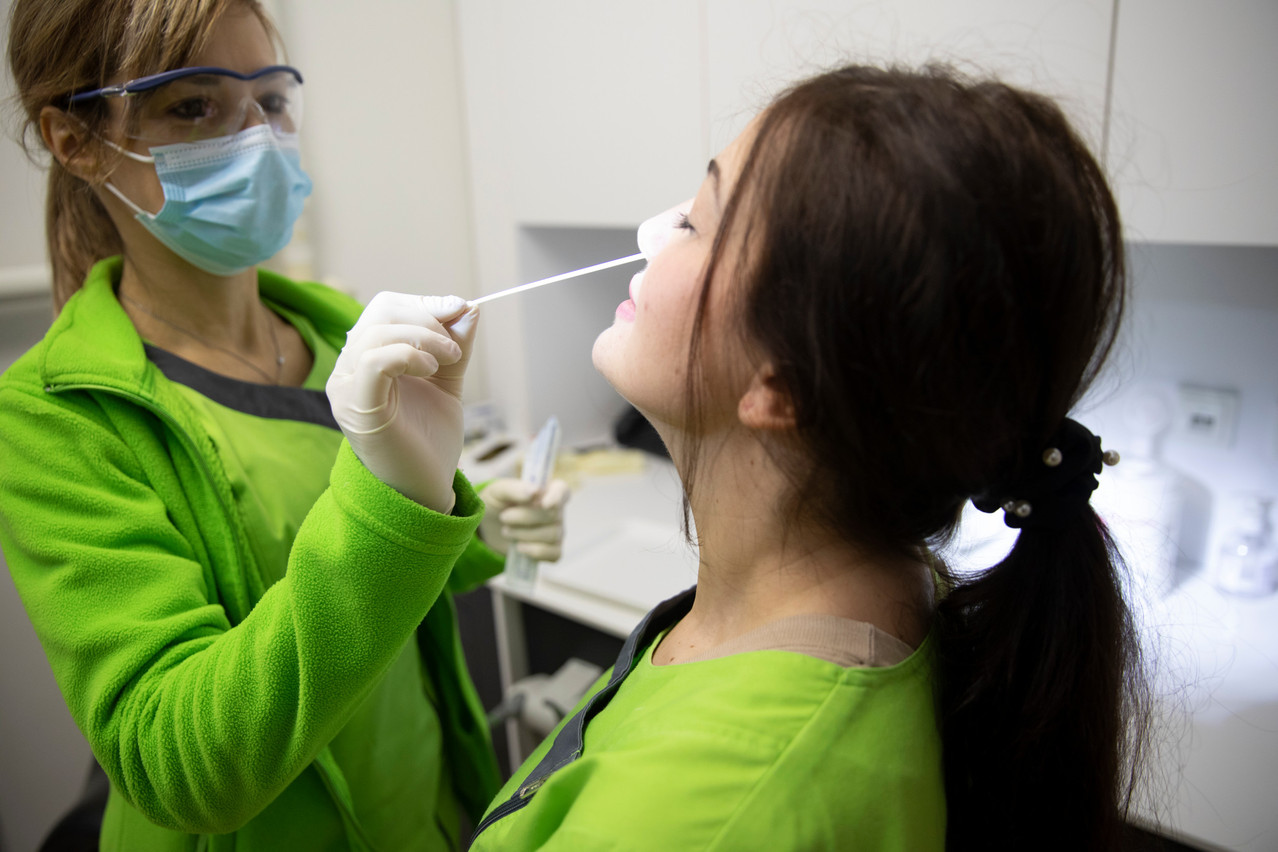The World Health Organization analysed the excess mortality in the 27 EU countries and the United Kingdom in 2020 and 2021. It found that excess mortality--or the number of deaths during the covid-19 pandemic above the expected number under normal conditions, either directly or indirectly due to covid--was the lowest in Luxembourg.
Globally, from January 2020 to December 2021, the study’s authors estimated that there were 14.83m excess deaths, which is 2.74 times than the 5.42m covid-19 deaths reported to the WHO for this period. The five countries with the highest total estimated excess deaths were India, Russia, Indonesia, the US and Brazil.
Published in December 2022, took differences like the size, age and sex of the population. When calculating the ratio of excess death to expected death (mean p-score), it found that Luxembourg scored best among the EU countries and the UK in this measure. When looking at this mean p-score globally, the five countries with the most excess deaths relative to expected deaths were Peru, Ecuador, Bolivia, Mexico and Armenia.
Role of mass screening strategy
Research Luxembourg, pointed out the country’s implementation of a large-scale PCR testing strategy, including mass testing of the population and a system of contact tracing, allowed “systematic suppression of epidemic dynamics.” Using data up to the start of the vaccination campaign in mid-January 2021, an published in The Lancet Regional Health - Europe journal found a seroprevalence (the level of a pathogen in a population) in Luxembourg to be 7.7%, compared to a seroprevalence of 15.6% in neighbouring Belgium.
Data from mass screening allowed epidemiological analyses, modelling and forecasts, as well as the refinement of public health measures, noted Research Luxembourg.
With the support of the ministry of higher education and research, Research Luxembourg is a joint initiative of the main players in the grand duchy’s public research: Luxembourg Institute of Health, Luxembourg Institute of Socio-Economic Research, Luxembourg Institute of Science and Technology, University of Luxembourg, Luxinnovation and Luxembourg National Research Fund.
